
Egyptian mysteries, Google and polar bears and springtime wonders are just a few of our favorite images this week.
1. Awww! Polar bears on Google Street
Google Street View has taken viewers to the Amazon, the Galapagos, and now, the Canadian Arctic - the home of polar bears. Starting today, on International Polar Bear Day (Feb. 27), people around the world will be able to see the bears in their natural habitat.
The Google Maps team brought their cameras to Churchill and the surrounding tundra in October 2013, capturing 360-degree panoramas of polar bears out on the snow. The goal is to capture the remote and starkly beautiful environment before it disappears, along with its furry inhabitants.
2. Ginormous landslide
Credit: Drake Olson | FlyDrake.com
A commercial pilot has captured images of a massive, snow-strewn landslide that cascaded down a slope in remote southeastern Alaska last week, providing the first on-the-ground evidence of what geologists think might be the largest natural landslide since 2010.
Columbia University geologists detected the reverberations of what they thought was a landslide on Sunday, Feb. 16, from remote seismic instruments, but had not received on-the-ground confirmation until pilot Drake Olson decided to go searching for the evidence on Friday (Feb. 21). He searched using rough GPS data that the geologists had collected, a blogger for the American Geophysical Union reported today (Feb. 24).
3. Mysterious Egyptian spiral
To some viewers, it looks like a landing strip for extraterrestrial spacecraft - or perhaps the portal to a parallel universe, if not an ancient monument to a benevolent deity who had a keen eye for design and symmetry.
But what people are actually seeing in the desolate reaches of the Egyptian desert, just a short distance from the shores of the Red Sea, is in fact an environmental art installation. And it's been baffling tourists and armchair travellers since it was constructed in March 1997.
4. Windy black holes
Black holes can blast their surroundings with much stronger winds than previously thought, scientists say.
The discovery will help better model the evolution of black holes over time, and help uncover the huge influence they can have on their host galaxies.
5. Lights out in North Korea
Night-time imagery of the Earth's surface has been a staple for science geeks and geopolitical analysts for years, revealing details about a region's population, growth and industry in dramatic ways.
A recent image from the International Space Station (ISS) shows in stark detail the utter lack of development in North Korea - widely considered to be an isolated "rogue" state - compared with next-door neighbour South Korea, a rapidly developing industrial power.
6. Springtime wonders
California springtime usually brings spectacular, fiery displays of flowers and flowing waterfalls, but this year's drought is putting a damper on the state's natural wonders.
At Yosemite National Park, the on-going drought dried up waterfalls earlier this month, including flaming Horsetail Fall. Photographers travel from around the world to the park in February to try and capture Horsetail Fall glowing in the setting sun.
7. Sex fiend?
A newly discovered pink-nosed rodent-like marsupial gives its all for sex - really. Males of the species mate so intensely that they die before their young are born.
The creature's discoverers caught the little lothario in Australia's Springbrook National Park with traps baited with peanut butter and oats. They've dubbed it the black-tailed antechinus.
8. Martian mountain
NASA's Mars rover Curiosity has taken some dazzling new photos of the Red Planet landscape, showing in sharp detail where it's been and the long road that lies ahead.
One of the new images, which the 1-ton Curiosity rover snapped on Feb. 19, depicts rows of rocks in the foreground and the towering Mount Sharp looming in the distance. The base of the 3.4-mile-high (5.5 kilometres) mountain is Curiosity's ultimate science destination, and mission scientists hope to reach it by the middle of this year.
9. Dangerous Beauty
A stunning sunrise at McMurdo Station in Antarctica is made more dramatic by waves of nacreous, or polar stratospheric, clouds. These formations are polar clouds in the second layer of Earth's atmosphere, at altitudes between 49,000 feet to 82,000 feet (15,000 meters to 25,000 meters).
While beautiful to behold, polar stratospheric clouds are surprisingly destructive, and play a key role in the formation of ozone holes over Antarctica and the Arctic, according to the Australian Antarctic Division, a branch of the Australian government's Department of the Environment. Polar stratospheric clouds provide a surface for chlorine gases in the atmosphere (from man-made chlorofluorocarbons and other pollutants) can react and form molecules that destroy ozone.
A recent study found that the size of the South Pole's ozone hole varies year-to-year, and will not be completely healed until 2070.
In this photo, taken on Aug. 25, 2013, work crews at McMurdo Station prepare the outpost's ice runway, called Pegasus, for incoming flights, according to the National Science Foundation. [Related: Stunning Photos of Antarctic Ice]
10. Peru biodiversity
For reptiles and amphibians, southern Peru's Manu National Park is the most diverse protected area on the planet.
Scientists have counted a recording-breaking 287 species of of snakes, lizards, turtles, frogs and salamanders within the borders of the largely inaccessible and undeveloped reserve and its buffer zone.
11. Beautiful mouse brain
Glowing new images of the mouse brain represent the most comprehensive mapping yet of the mammalian cortex.
Using fluorescent injections, researchers tracked the connections between regions of the mouse cortex, the outermost, wrinkled layer of the brain.
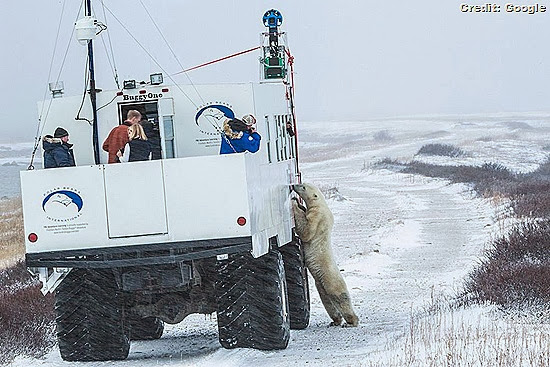
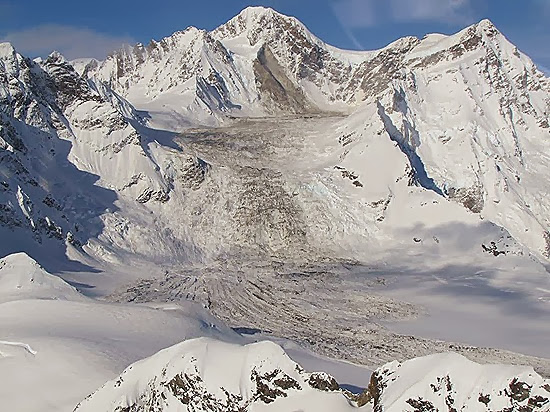
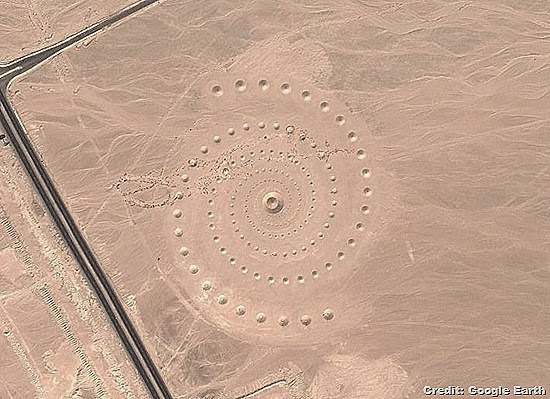
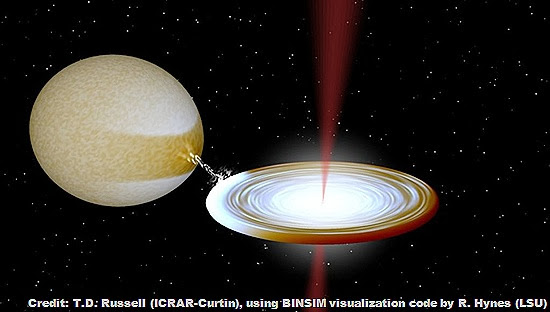
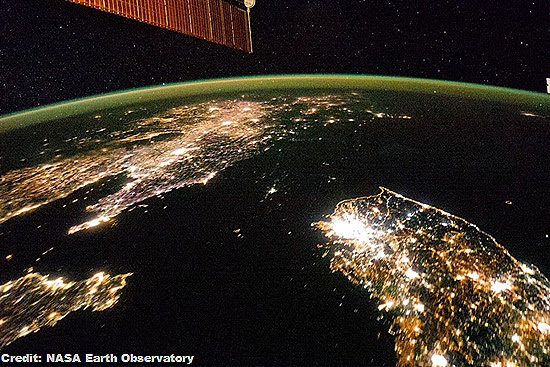
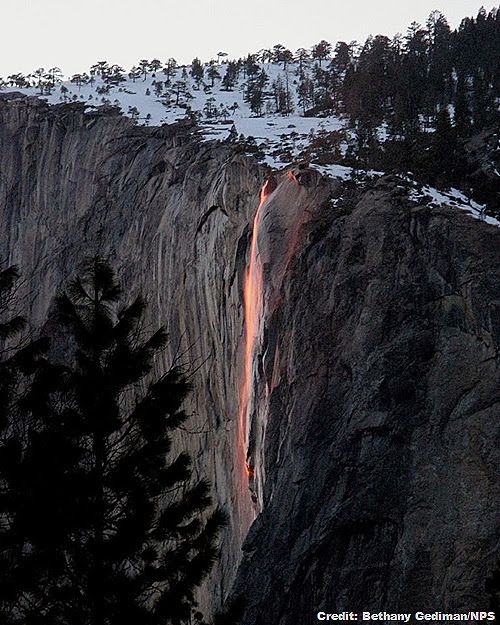
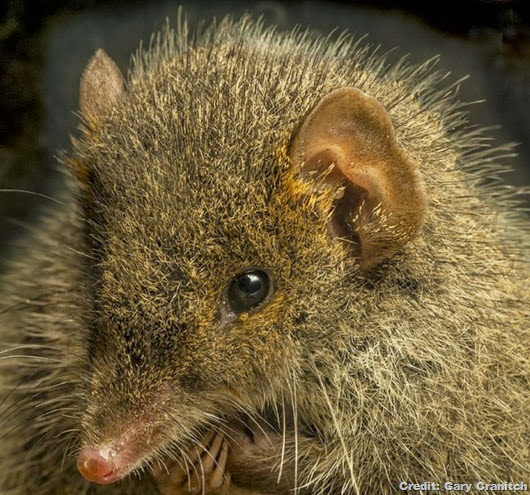

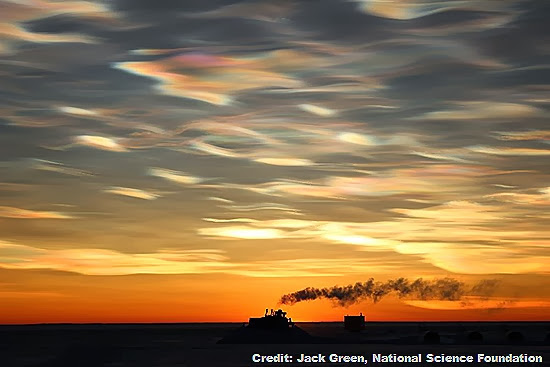
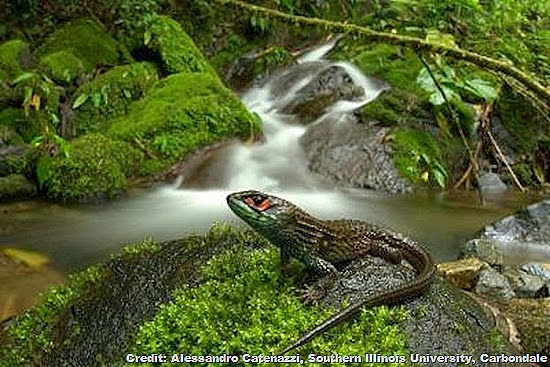
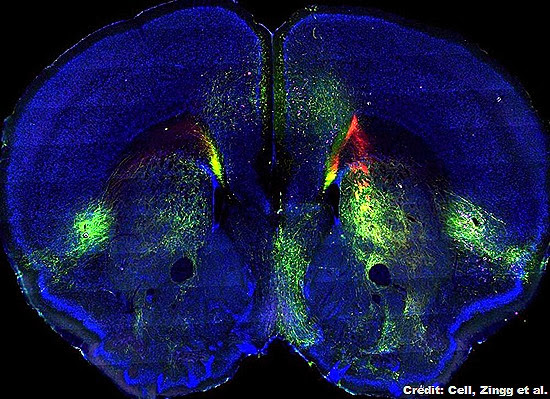
No comments:
Post a Comment
Please adhere to proper blog etiquette when posting your comments. This blog owner will exercise his absolution discretion in allowing or rejecting any comments that are deemed seditious, defamatory, libelous, racist, vulgar, insulting, and other remarks that exhibit similar characteristics. If you insist on using anonymous comments, please write your name or other IDs at the end of your message.